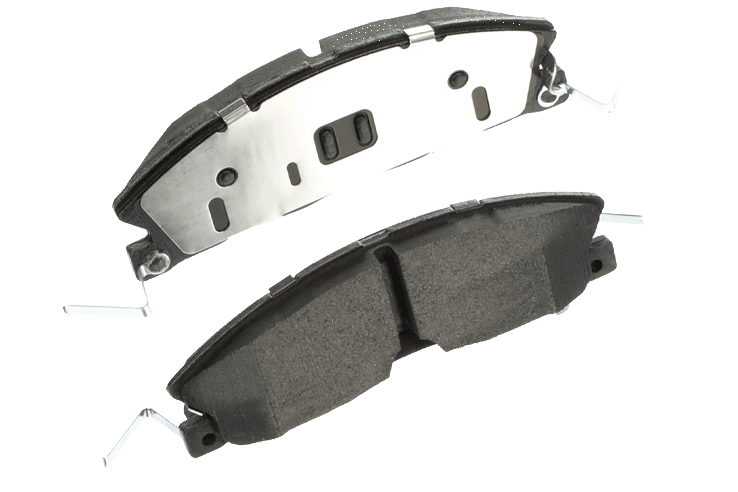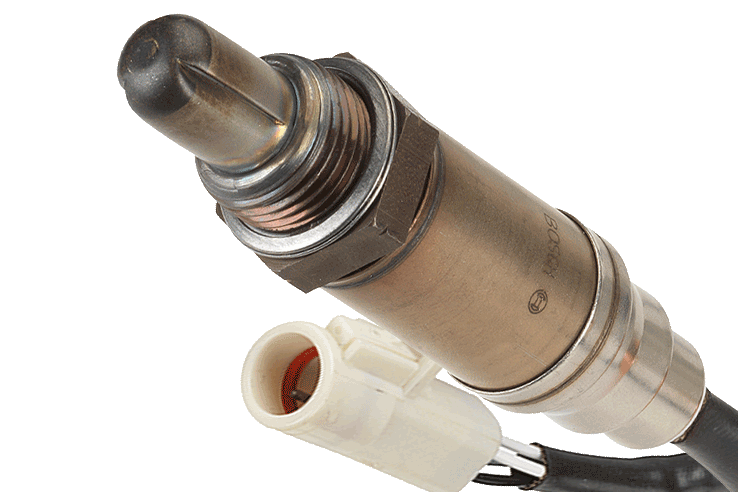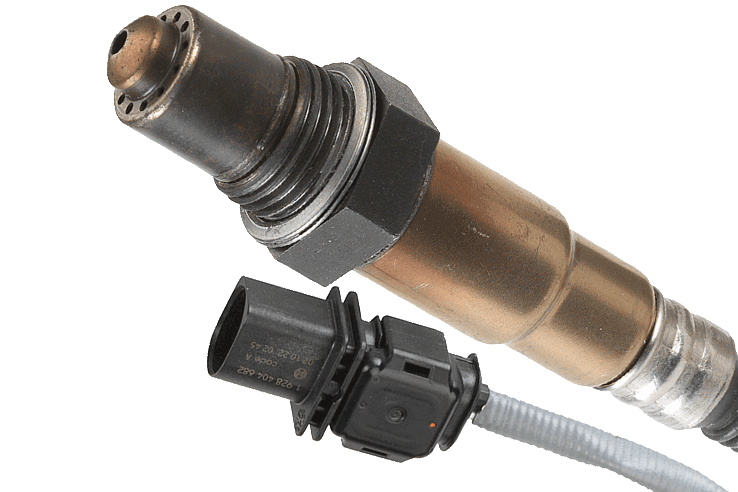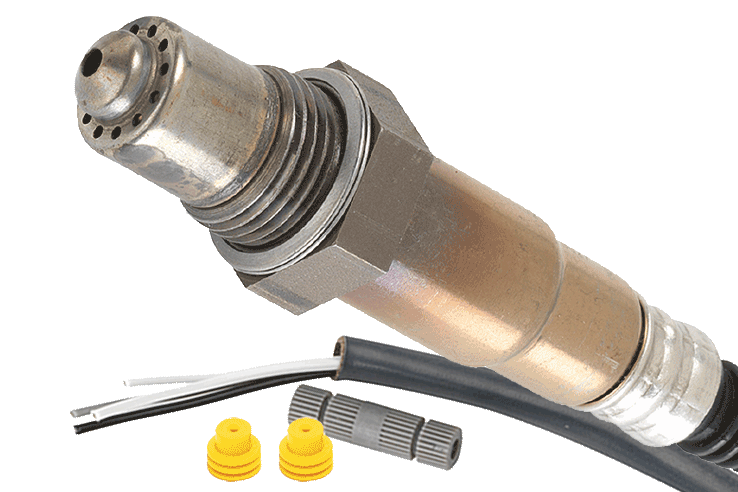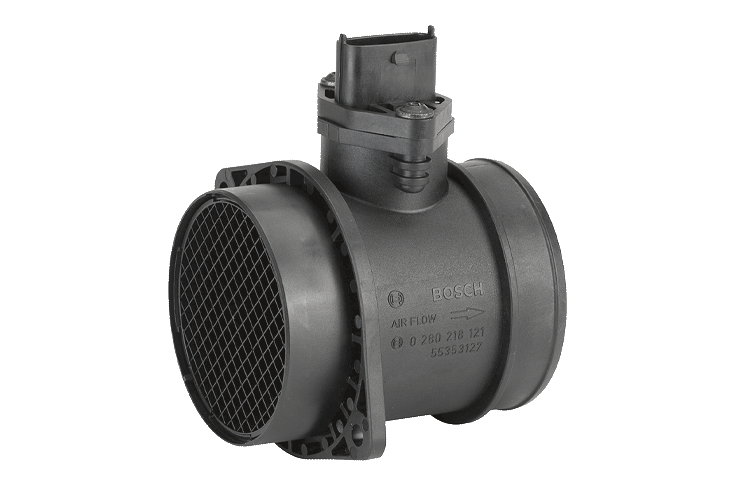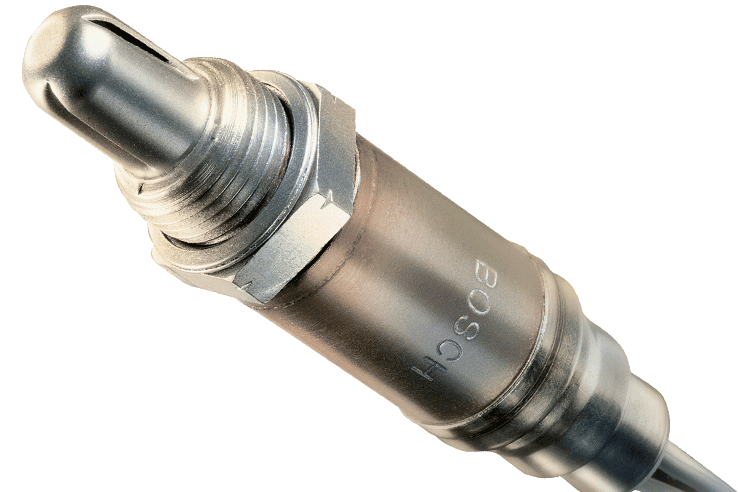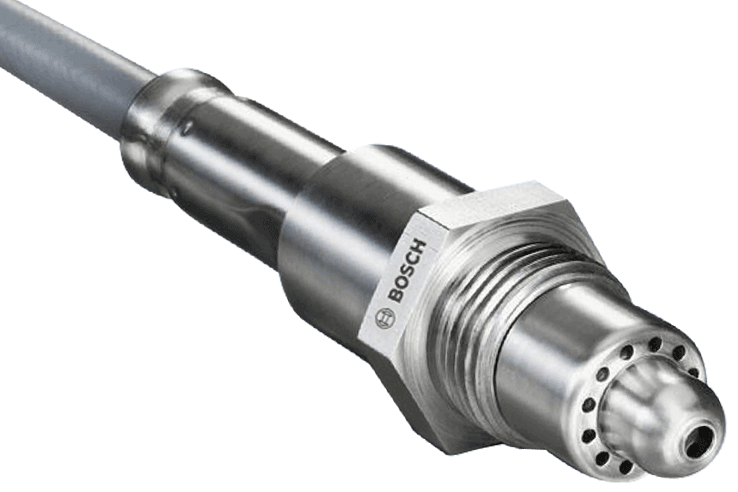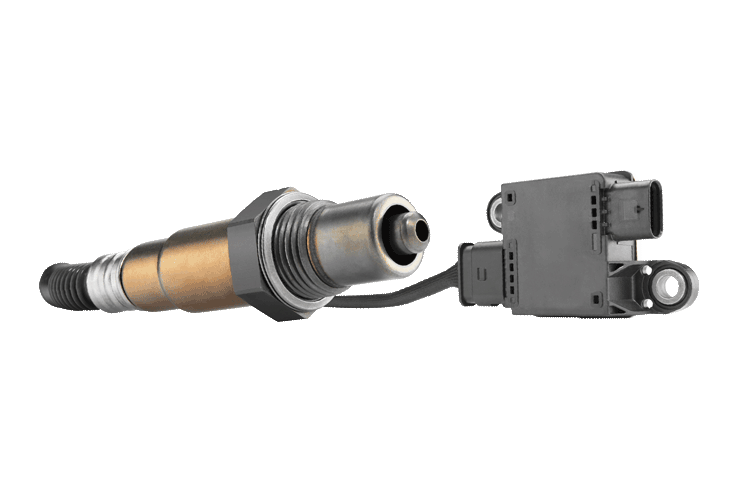Bap Vpf React Widget
Breadcrumb
Bap Product List Action Bar
Search Results
Brakes
Bosch Police Pursuit high-performance brake pads are manufactured to meet the demanding needs of law enforcement, ensuring safety, reliability, and superior operation.
Engine Management
Bosch is the world’s leading supplier and original equipment manufacturer of Oxygen Sensors. Bosch invented the automotive oxygen sensor and leads the way in sensor technology and innovation. From overall sensor design to the critical ceramic element, Bosch is known worldwide for quality and performance.
Wideband/Air-Fuel sensors perform the same function as a regular O2 sensor, but they precisely measure the amount oxygen in the exhaust rather than just switching between rich (too much fuel, not enough oxygen) and lean (too much oxygen, not enough fuel). Our Wideband sensors use a more sophisticated sensing element that provides a signal to the vehicle’s ECU that is proportional to the amount of oxygen in the exhaust.
Premium Universal Oxygen Sensors with OE SmartLink are quick and easy to install. Each sensor has two-feet length of sensor wire to allow maximum replacement of worn harnesses.
Bosch is an original equipment global leader in mass air flow technology. Bosch Mass Air Flow (MAF) sensors ensure low levels of harmful emissions with greater fuel efficiency and improved engine performance.
Standard narrow band type Oxygen Sensors operate between 0 and 1 volts, and are only capable of accurately measuring a stoichiometric air/fuel ratio (e.g. 14.7:1). A richer or leaner condition results in an abrupt voltage change and is only useful for qualitative determination.
The Lambda sensor consists of two cells. It is made up of a Nernst type potentiometric oxygen concentration cell and an amperometric oxygen pump cell.
Diesel Parts
Particulate Matter (PM) Sensors monitor the function of the Diesel Particulate Filter (DPF) to detect excessive PM emissions.
Brakes
Police Pursuit Brake Pads
Bosch Police Pursuit high-performance brake pads are manufactured to meet the demanding needs of law enforcement, ensuring safety, reliability, and superior operation.
Engine Management
Premium Oxygen (O2) Sensors
Bosch is the world’s leading supplier and original equipment manufacturer of Oxygen Sensors. Bosch invented the automotive oxygen sensor and leads the way in sensor technology and innovation. From overall sensor design to the critical ceramic element, Bosch is known worldwide for quality and performance.
Premium Wideband A/F Oxygen (O2) Sensors
Wideband/Air-Fuel sensors perform the same function as a regular O2 sensor, but they precisely measure the amount oxygen in the exhaust rather than just switching between rich (too much fuel, not enough oxygen) and lean (too much oxygen, not enough fuel). Our Wideband sensors use a more sophisticated sensing element that provides a signal to the vehicle’s ECU that is proportional to the amount of oxygen in the exhaust.
Universal Oxygen (O2) Sensors
Premium Universal Oxygen Sensors with OE SmartLink are quick and easy to install. Each sensor has two-feet length of sensor wire to allow maximum replacement of worn harnesses.
Mass Air Flow Sensors
Bosch is an original equipment global leader in mass air flow technology. Bosch Mass Air Flow (MAF) sensors ensure low levels of harmful emissions with greater fuel efficiency and improved engine performance.
Rich Burn Oxygen Sensor
Standard narrow band type Oxygen Sensors operate between 0 and 1 volts, and are only capable of accurately measuring a stoichiometric air/fuel ratio (e.g. 14.7:1). A richer or leaner condition results in an abrupt voltage change and is only useful for qualitative determination.
Lean Burn Oxygen Sensor
The Lambda sensor consists of two cells. It is made up of a Nernst type potentiometric oxygen concentration cell and an amperometric oxygen pump cell.
Diesel Parts
Particulate Matter Sensors
Particulate Matter (PM) Sensors monitor the function of the Diesel Particulate Filter (DPF) to detect excessive PM emissions.

